What are bully breeds? It can get a little confusing when this term is used for so many different breeds — and some of them look quite different from each other.
Despite this appearance difference, bully dog breeds all descend from Greek Molosser dogs. These were large, muscular dogs that were bred for working with livestock and protecting property.
Because of their strength, they unfortunately caught the eye of people who used them for the horrifying sport of bull (or bear) baiting that was popular from the 12th to 19th centuries. That’s where the “bull” part came in and many of these breeds still carry the word in their name.
However, as you’ll see in a moment, not all bully breeds carry the name nor would you expect them to be a bully breed.
So let’s take a quick look at the top bully breeds and attempt to dispel a few myths about these strong, yet loving dogs.
16 Bully Dog Breeds
Any breed that has descended from the Molosser dogs is considered a bully dog breed. Here, we’re going to list some of the most popular breeds with the caveat that these aren’t all of them.
It’s also possible that the Molosser dogs influenced even more breeds that we aren’t aware of. Precise and complete dog records aren’t always kept, especially the farther back in time we go so who knows who else might secretly be part of the bully family?
But here are a few that undoubtedly are:
American Staffordshire Terrier
Nicknamed the Amstaff, these are mid to large-size dogs that stand between 17 and 19 inches at the shoulder. They are stocky and strong yet graceful and have quite the personalities. In fact, they have earned themselves a place among the “personality dogs.”
They are confident, good-natured, and highly trainable, though they do require proper mental and physical stimulation to prevent boredom and the associated bad behavior.
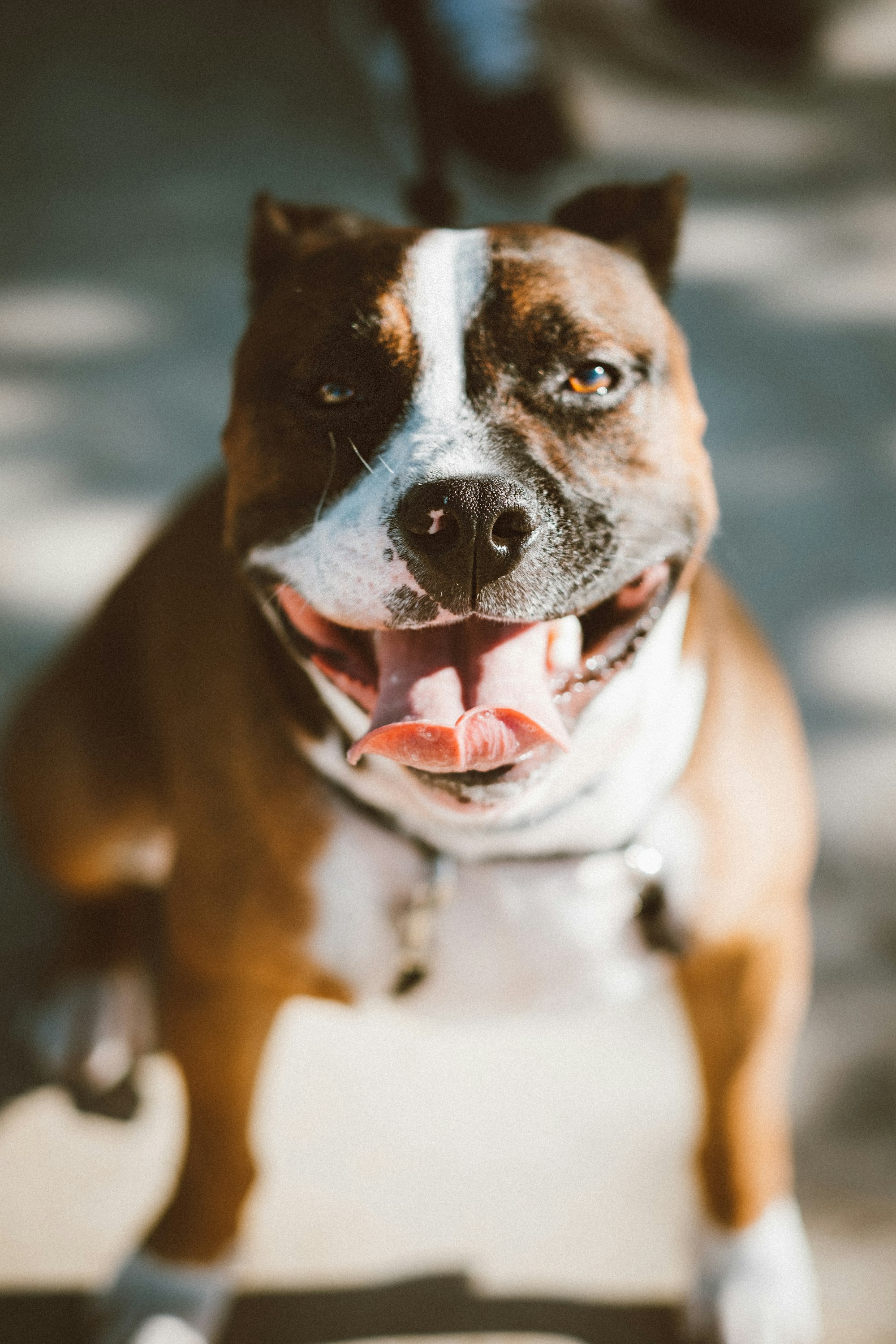
American Bulldog
It’s right there in the name so it’s not surprising that the American Bulldog is on the list. These broad-chested, mostly white dogs can have patches of black, red, or brindle sprinkled around their bodies.
The American Bulldog descends from the English Bulldog and was bred in America for a variety of jobs from protecting farms to hunting wild pigs.
These dogs are extremely loyal but can be wary of strangers, which makes them great guard dogs.
Micro Bully
The Micro Bully is actually a hybrid breed made from crossing a Pocket Bully and a Patterdale Terrier. This exotic bully breed is highly sought after and you’ll pay a pretty penny for one of these puppies.
It is smaller (well shorter at least) than a Standard Bully and stands only 16 inches tall at most. But its stockiness is exaggerated. It is very low to the ground with a wide chest, large head, and short stubby legs. It’s kind of what you might expect to get when crossing a dog with an Iguana.
Boxer
The energetic Boxer who can stand up to 25 inches tall also makes the bully breeds list. They are usually fawn-colored, brindle, or white and are one of the most popular dogs on this list.
Sweet and playful, they are known for being wonderful companions for children. They have a natural protective instinct, which can be great because they will watch out for their little charges and early socialization will help keep their behavior in hand.
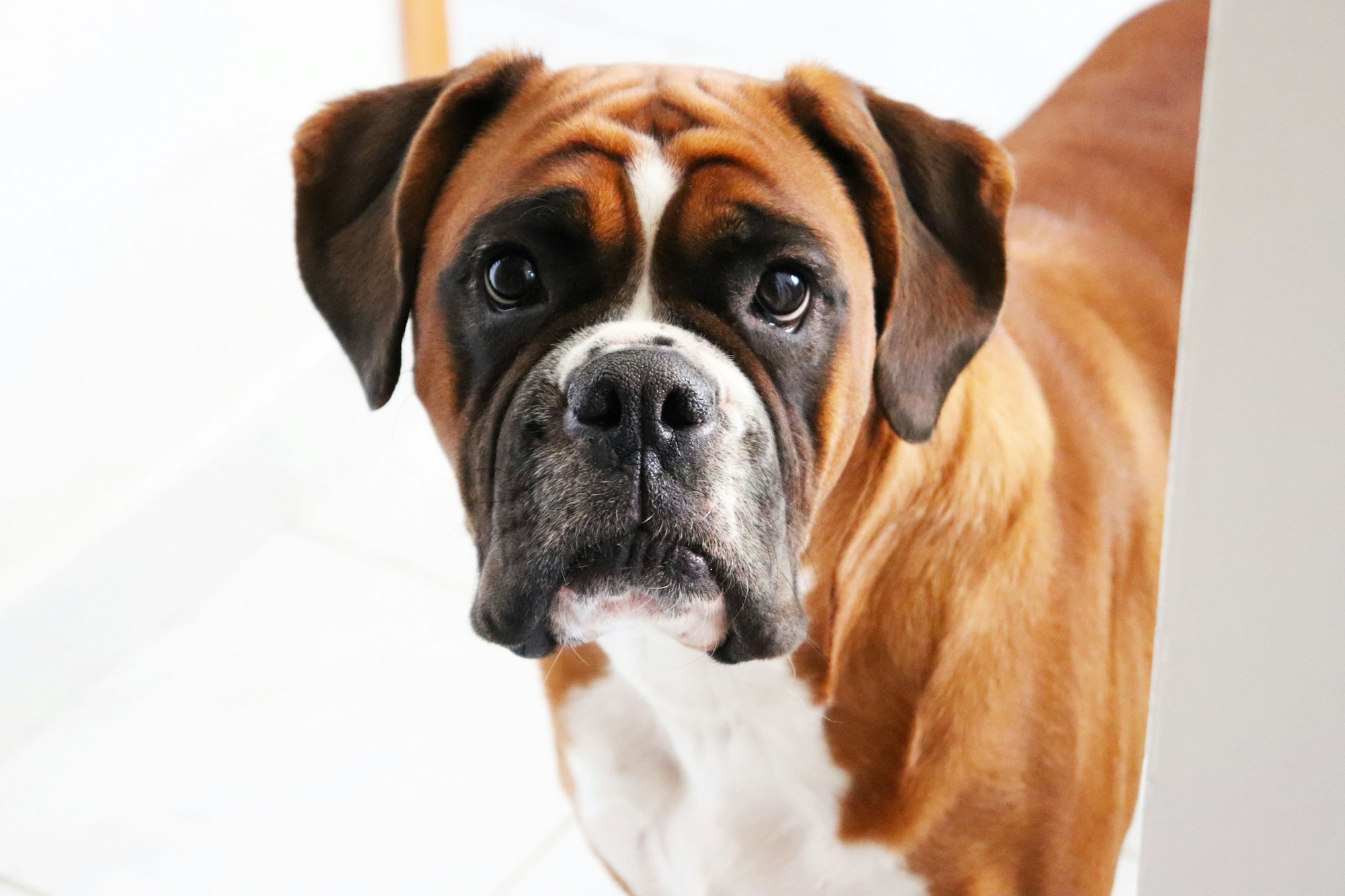
Bull Terrier
Unlike the other dogs we’ve talked about, the Bull Terrier has a longer muzzle. In fact, his distinctive egg-shaped head is different from most other dog breeds.
These little guys tend to be white but can have red or brindle mixed in. They can be stubborn and energetic, making early training and socialization a must. However, they love their families fiercely and can be counted among the personality breeds.
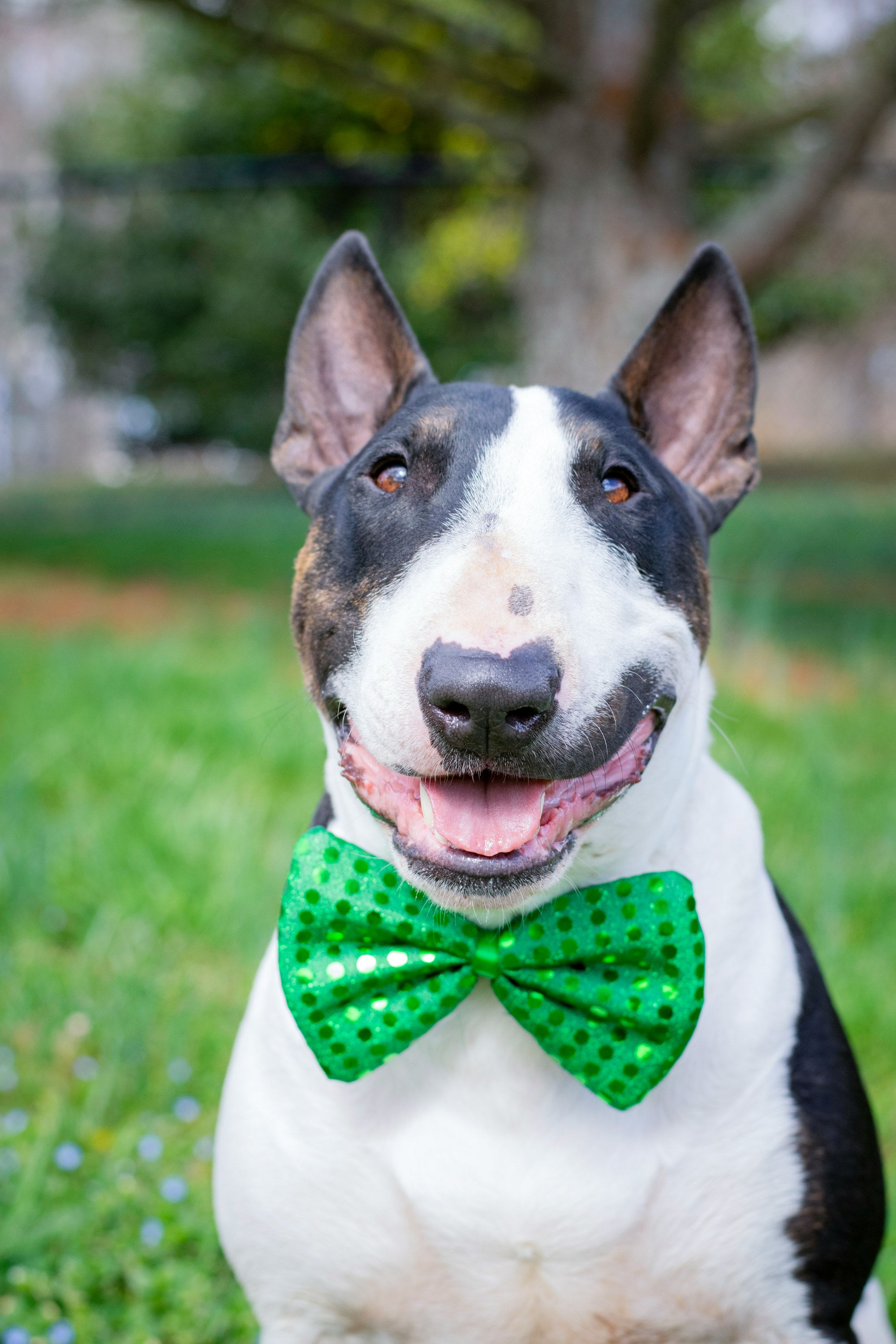
Bullmastiff
The Bullmastiff is a little smaller than the enormous Mastiff, but still can weigh over 100 pounds! They have strong protective instincts and make wonderful guard dogs. All this pup has to do is appear and bad guys will turn tail and run!
It is essential that their training begins early. Once they get big, training becomes decidedly more difficult.
Cane Corso
The Cane Corso is a massive Italian dog that weighs over a hundred pounds and stands between 25 and 27.5 inches tall. Trust us when we say you do not want to get on this dog’s bad side.
However, their intelligence and loyalty make them easily trainable. With proper socialization, they make wonderful companion dogs.

Dogo Argentino
The Dogo Argentino was bred in Argentina for hunting large animals. Though many of the dogs on this list have strong protective instincts, the Dogo Argentino does not. Instead, they have a strong prey drive.
They are large and muscular and need plenty of exercise to stay calm and happy.
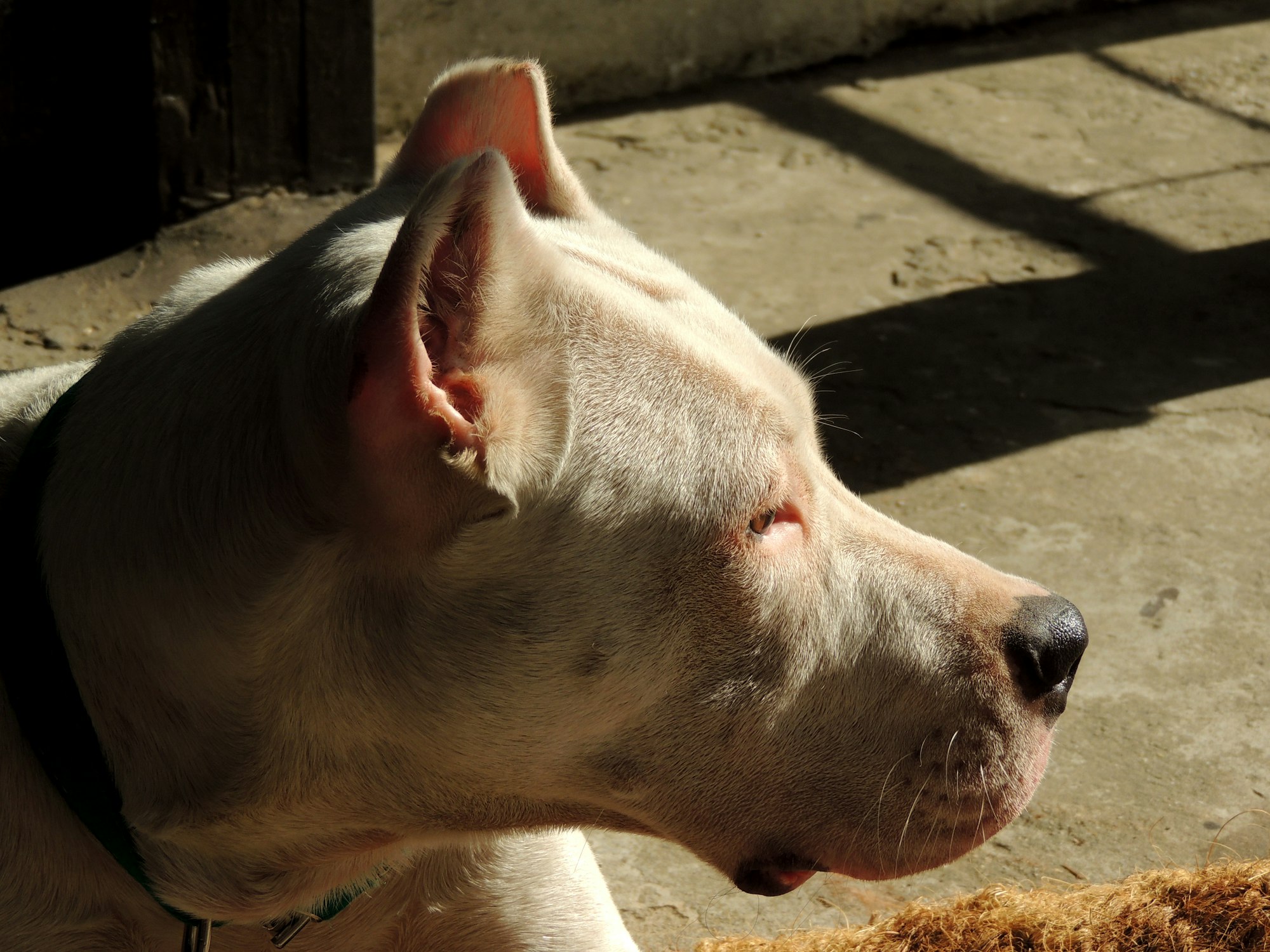
English Bulldog
Of course, the English Bulldog would make the list. This is the typical “look” that most people think of when they hear the term bulldog. These super stocky dogs stand about 17 inches at their tallest and the extra folds of skin on their face and body give them their iconic, adorable look.
They can come in various colors, but some combination of white and red is the most common. They can be energetic, but with regular exercise are generally quite calm and easygoing.
Neapolitan Mastiff
The Neapolitan Mastiff is a massive dog, standing between about 24 and 30 inches tall and weighing between 150 and 200 pounds! Their bodies are covered with loose skin and hanging wrinkles.
However, these creatures can be called gentle giants. They make great guard dogs due to their size but their calm, sweet personalities make them great family dogs as well. Make no mistake though, if an intruder gives them a reason to activate, they will defend their families.
English Mastiff
The English Mastiff is also a massive dog, reaching around 30 inches in height. Many of them can outweigh full-grown men, which makes them quite the force to be reckoned with!
Despite their size and natural protective instincts, these dogs make wonderful family pets. They are remarkably loving and patient with children. Though they will certainly protect their families if provoked, they are not generally aggressive and will tolerate strangers quite well.
French Bulldog
The French Bulldog was developed largely from the English Bulldog, though it is considerably smaller. After bull baiting was outlawed, the bulldog became more of a companion dog in England and breeders began producing smaller ones that were more apt for laps.
However, the English detested the erect “bat ears” and sent these “rejects” to France, where they became all the rage. The modern French Bulldog is now prized for its laid-back personality and unusual looks. They don’t require a lot of exercise and are content to chill on their owner’s lap.

Staffordshire Bull Terrier
The Staffordshire Bull Terrier is a cousin to the Amstaff we mentioned earlier. However, these guys are smaller, though quite stocky so they can weigh a lot. These powerful pudgies look somewhat like the original Bulldogs, just more compact.
They are sweet-natured dogs that are very playful and their ancestral aggressive tendencies have been bred out. They are considered one of the best bully breeds for kids.
Boston Terrier
Boston Terriers are compact little dogs that only reach about 16 or 17 inches tall. They are not overly excitable and thus work well as city dogs or living in an apartment. They can be happy with minimal exercise and love cuddling with their owners on the couch.
With their erect little “bat” ears and small, chunky body, they look quite similar to the French Bulldog. They often come in black and white with tuxedo markings.
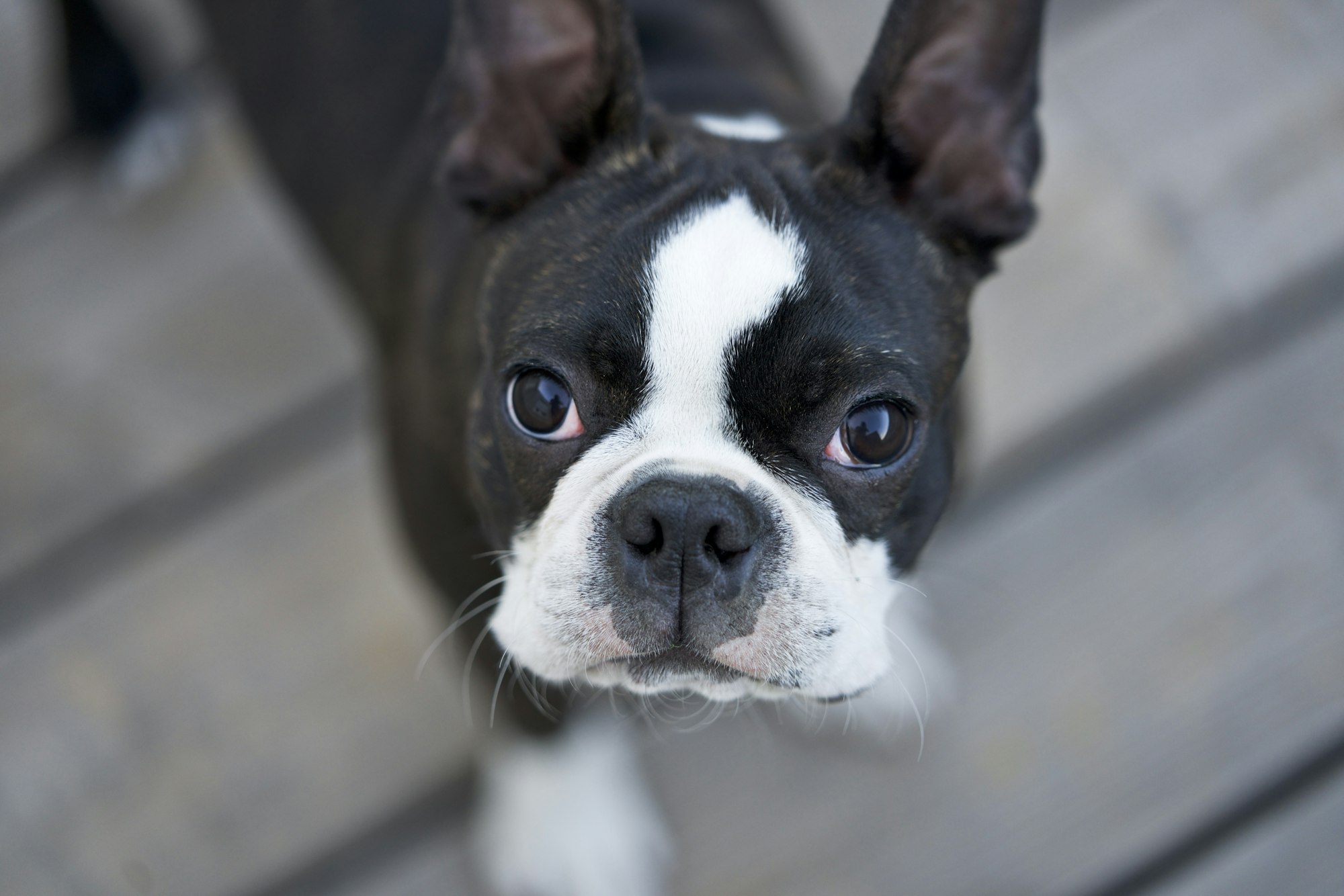
Pug
Yes, the adorable little pug with all those squishy wrinkles, smashed-in faces, and big eyes are considered a bully breed. Just goes to show why you can’t lump them all into one category and say they’ll all behave a certain way!
These incredibly playful little pups are adorable and very popular in the US, despite their various health problems. Unfortunately, their face and head shape cause them to have breathing problems and they don’t do well in hot weather nor should they be exercised extensively.
Rottweiler
Another surprising addition to the list is the Rottweiler. Though they are known as good guard dogs, they don’t have quite the typical bully breed look. However, they are heavily muscled and quite imposing at around 24 to 27 inches tall.
Though they can be aggressive when mistreated, properly socialized Rottweilers are confident and courageous. They are perfect pups for keeping you and your family safe. The rest of the time, they will enjoy playing with you and showering your family with their considerable affection.

Why Are They Called Bully Breeds?
Originally, bully dog breeds got their name because of their job. These dogs were used in the horrendous practice of bullbaiting that was popular for a few centuries.
A bull (or a bear sometimes) would be tied up and the dogs would attempt to subdue the creature by latching onto it with their jaws. This is why bully breeds are stocky and powerful, and also why they have a distasteful (and undeserved) reputation.
Nowadays, some bully breeds have joined the category simply because they have a similar appearance or they are a cross with a bully breed.
Bully Breed Myths
Unfortunately, bully breeds have a checkered past. Even after bullbaiting was outlawed, unscrupulous humans would still use these dogs for dogfighting and this still happens today, though dogfighting has been illegal in the US for decades.
As such, these dogs have an undeserved reputation for aggression. While they can have protective instincts, a properly trained and socialized bully breed makes a great family dog just like a Golden Retriever.
It has less to do with their heritage and more to do with how an individual dog is handled. Anybody gets aggressive when they’re being mistreated!
So let’s dispel a few common myths about these somewhat misunderstood dogs.
Myth 1: Bully Breeds have “locking jaws”
This is false. While bully breeds have strong jaws and they can certainly hold onto something if they want to, their jaws work just like any other dog’s jaws. They do not “lock” on when they bite.
Myth 2: Bully Breeds are naturally aggressive
Despite their reputation, bully dogs tend to be sweet and loyal companions. Poor training, life on a chain, and improper socialization can make them aggressive, but this mistreatment would make any dog misbehave.
Myth 3: Bully Breeds are not good with children
Bully breeds are wonderful companions for children. Their sweet, loving personalities make them natural playmates and they tend to be gentle and laidback despite their muscular nature.
Bully breeds may become aggressive toward anyone trying to hurt their little charges, but they themselves will not willingly hurt them.
Myth 4: Bully Breeds have a higher bite force than other breeds
Some bully breeds do have a higher bite force simply because of their size. A massive Cane Corso or Mastiff is obviously going to be stronger than smaller or less muscular breeds.
However, this doesn’t make the bully breed more likely to bite without provocation. Unlike, for example, the Chihuahua who will happily nip at anything whether they’ve been provoked or not. Thankfully, Mastiffs are generally much calmer!
Myth 5: Bully Breeds don’t feel pain
This is a heartbreaking myth that is 100% not true. All dogs feel pain, though they may express it differently. Regardless, a big strong bully doesn’t enjoy a beating any more than any other poor animal.
Myth 6: Bully Breeds are more likely to bite than other breeds
All dogs can be aggressive when provoked. And while some dogs can be more high-strung or reactive, being a bully breed doesn’t have an effect on this. In fact, most properly cared for bully breed dogs tend to be laidback and patient — qualities that make them less likely to bite.
Myth 7: Bully Breeds don’t get along with other animals
Some bully breeds can have a stronger prey drive than other dogs, which has led to the myth that they don’t get along with other animals. However, with proper socialization, they can tolerate and even thrive with animal companions.
Is a Bully Breed Right for You?
Because of their undeserved reputation, some types of bully breeds are banned by cities or homeowners’ insurance companies refuse to cover them. However, the majority of the bully breeds’ misbehaviors is due to their owners and the way they’ve been treated.
If you open your loving home to a bully breed dog, you’ll get a sweet, affectionate companion for life. He will have no problem defending his family when the need arises, but he won’t go looking for trouble either.
Thus, the determining factor is whether or not you should get a bully breed dog is actually you! If you’re willing to put in the training time and ensure your dog’s exercise needs are met, you’ll have no problems with one of these dogs as a companion for your family.
For more helpful articles about pet-parenting tips, check out the Off Leash blog at TryFi.com.
Want to know more about TryFi.com? The Fi Dog Collar is a GPS tracking collar that not only keeps track of your dog’s location, activity levels, and sleep patterns, but it also alerts you if your dog escapes your backyard. This is the fastest way to find your dog after an escape. Try the Fi Dog Collar today!

